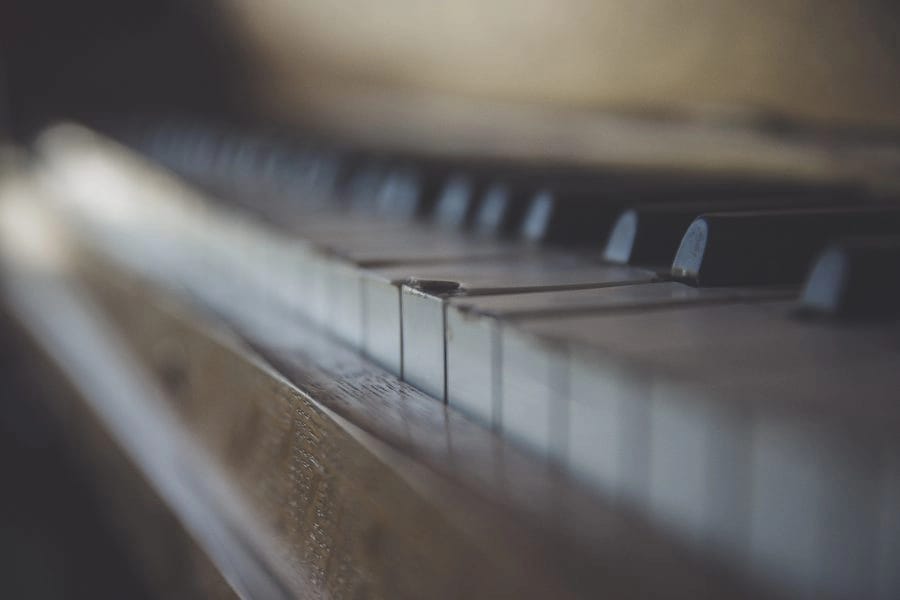
articles / Piano
A Brief History of Keyboards…

Hit play below to listen to our Arts Alive feature on the history of keyboards.
Let’s take a look at the evolution of the Keyboard, from the clavichord to the modern grand piano. As the instruments developed over time, they got bigger, louder, and capable of more nuance.
One thing the clavichord is known for is just how quiet it is. It was never meant to be an instrument for performance, beyond a very intimate setting. It was relatively portable, though, and has the distinction of being a keyboard instrument that allows the player to use vibrato – since the “tangent” (the piece of metal attached to the key that makes contact with the string) acts as a finger would on a violin’s string, and can be held as the sound fades away, or vibrated. (Although that technique isn’t used in this example):
The virginal combines the shape of the clavichord with the “plucking” mechanism that’s used by a harpsichord. A “plectrum” (usually a bit of a quill feather) and one string per note, gave it a consistent, but still not so loud sound.
The harpsichord changed the orientation of the strings – rather than running parallel with the keyboard as on the clavichord and virginal, they go perpendicularly. (Some ‘bentside spinets’ had strings run at an angle somewhere between) On more elaborate harpsichords, there are multiple strings per key, and sometimes multiple banks of keyboards, which can be mechanically ganged together to create a beefier sound.
Bartolomeo Cristofori’s invention of the ‘Gravicembalo col piano e forte‘ – which means ‘harpsichord with soft and loud’ – or piano around 1700 was a breakthrough because it allowed the player to be able to control, note by note while playing, the dynamics of each attack. The mechanism used hammers that would strike the strings and let them ring in a way that previous instruments couldn’t. (The music begins :30 into this video):
The fortepianos that were fine for Mozart needed to be stronger to withstand the kind of playing and writing that Beethoven demanded, and the science of piano making and the art of music written for the instrument continued pushing each other on until the late 19th Century, with the arrival of the modern, metal-framed grand piano we know today.






